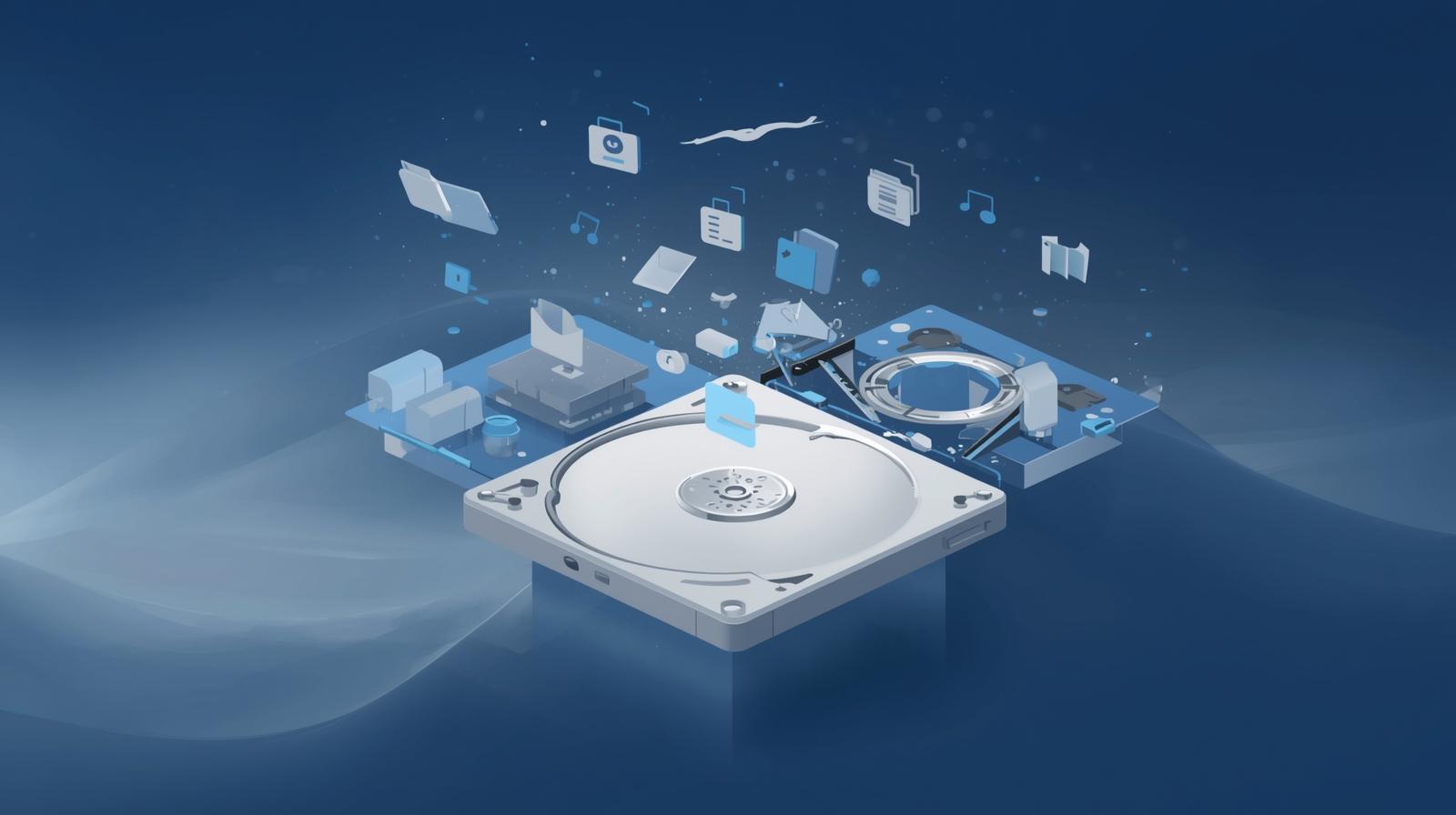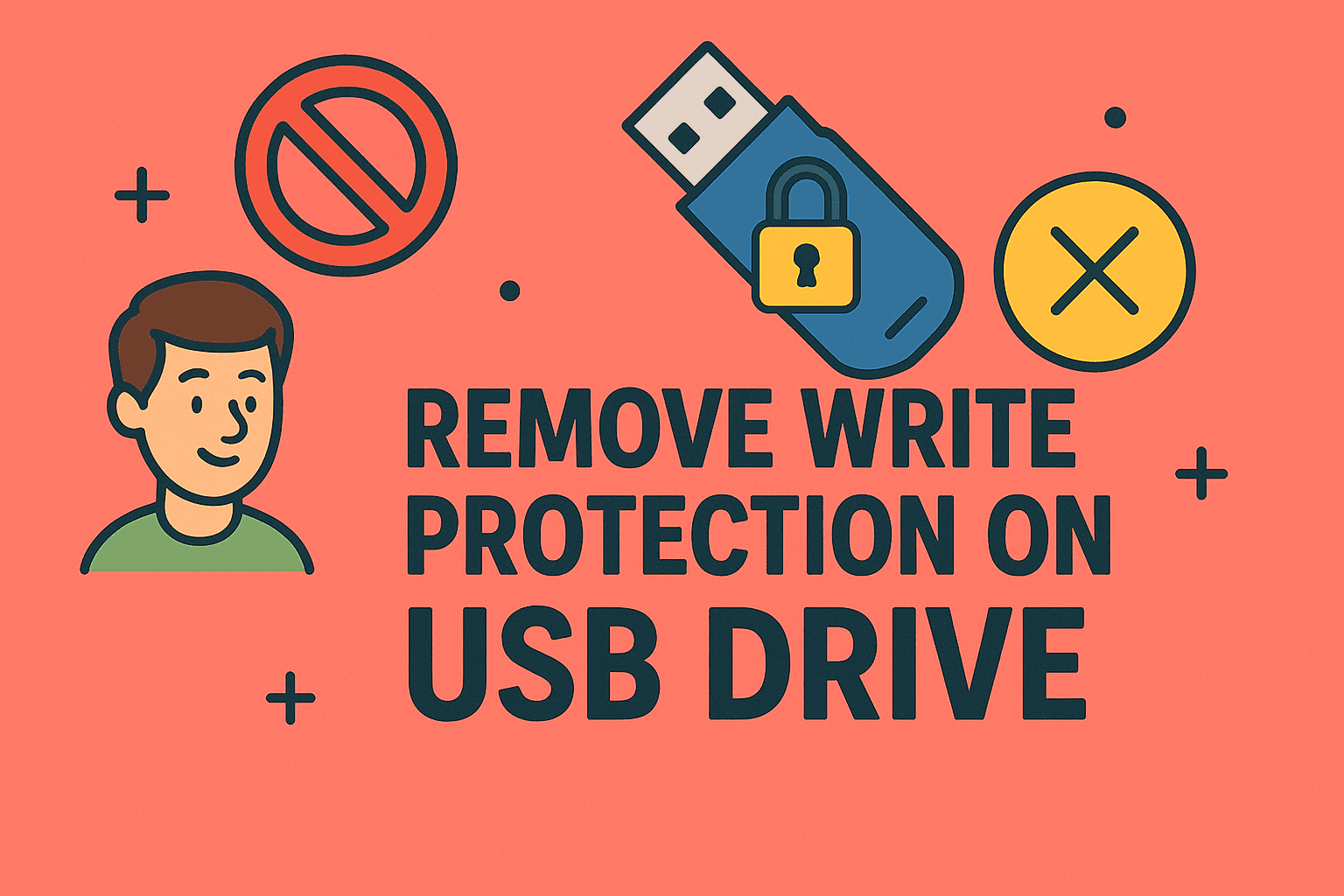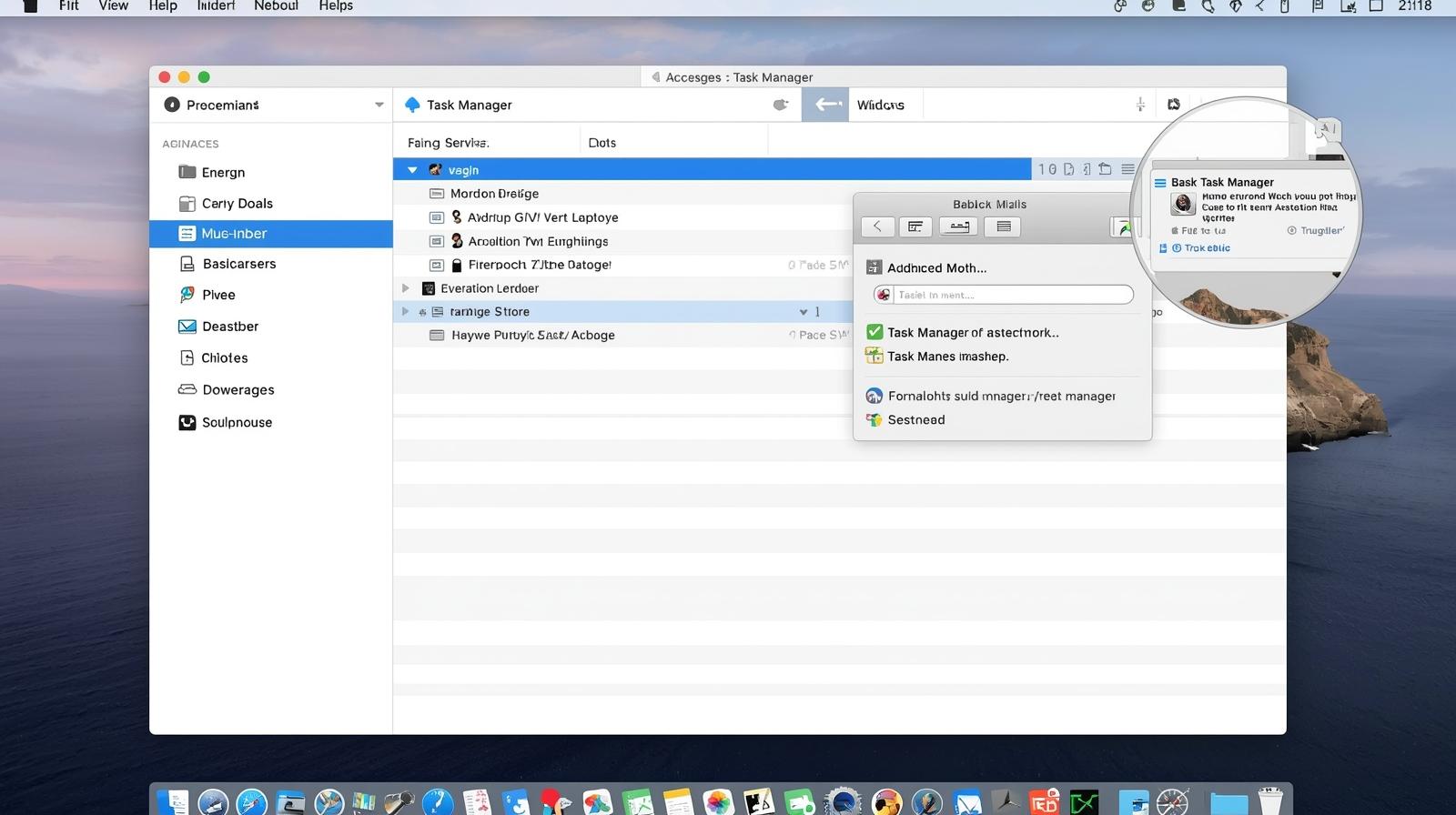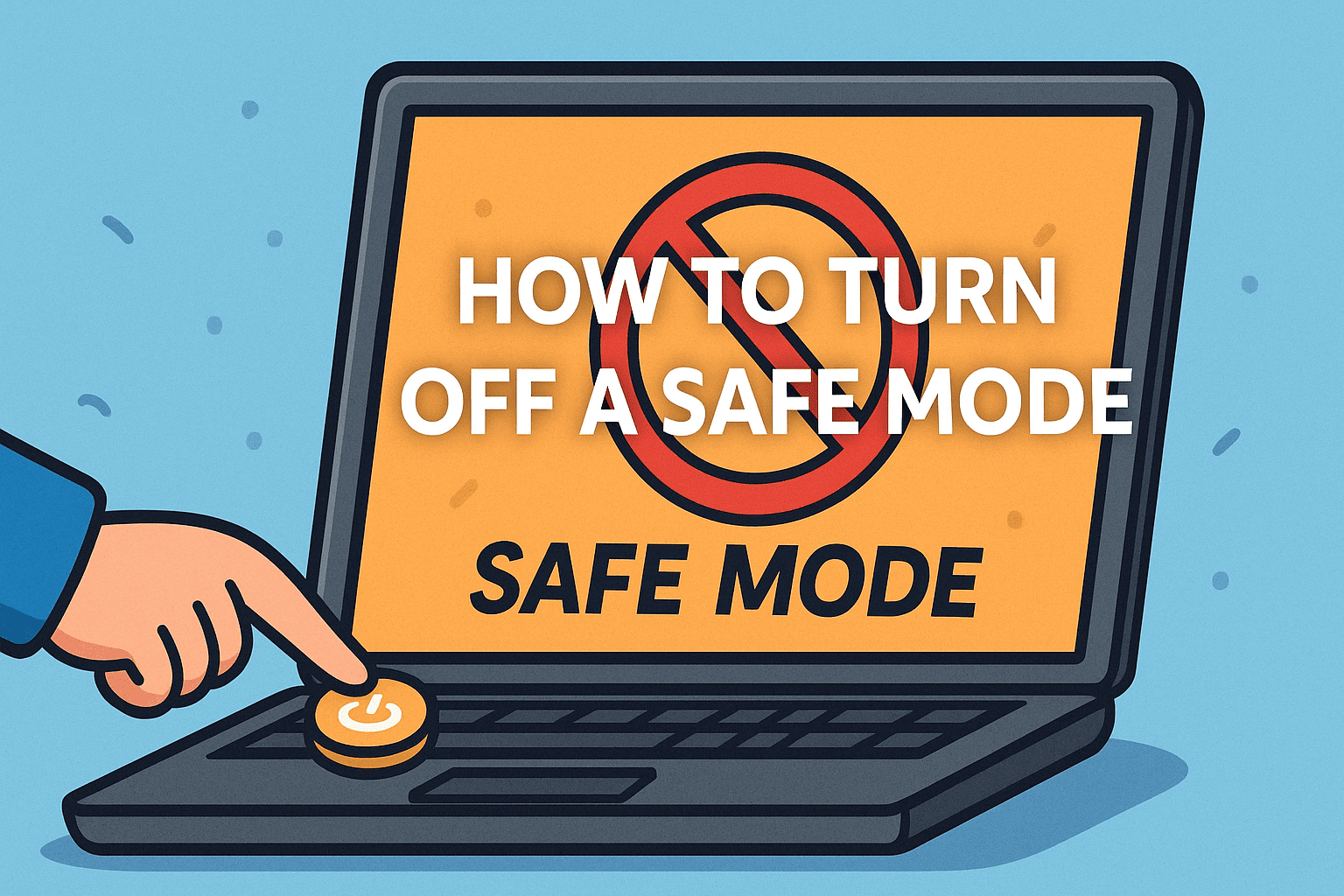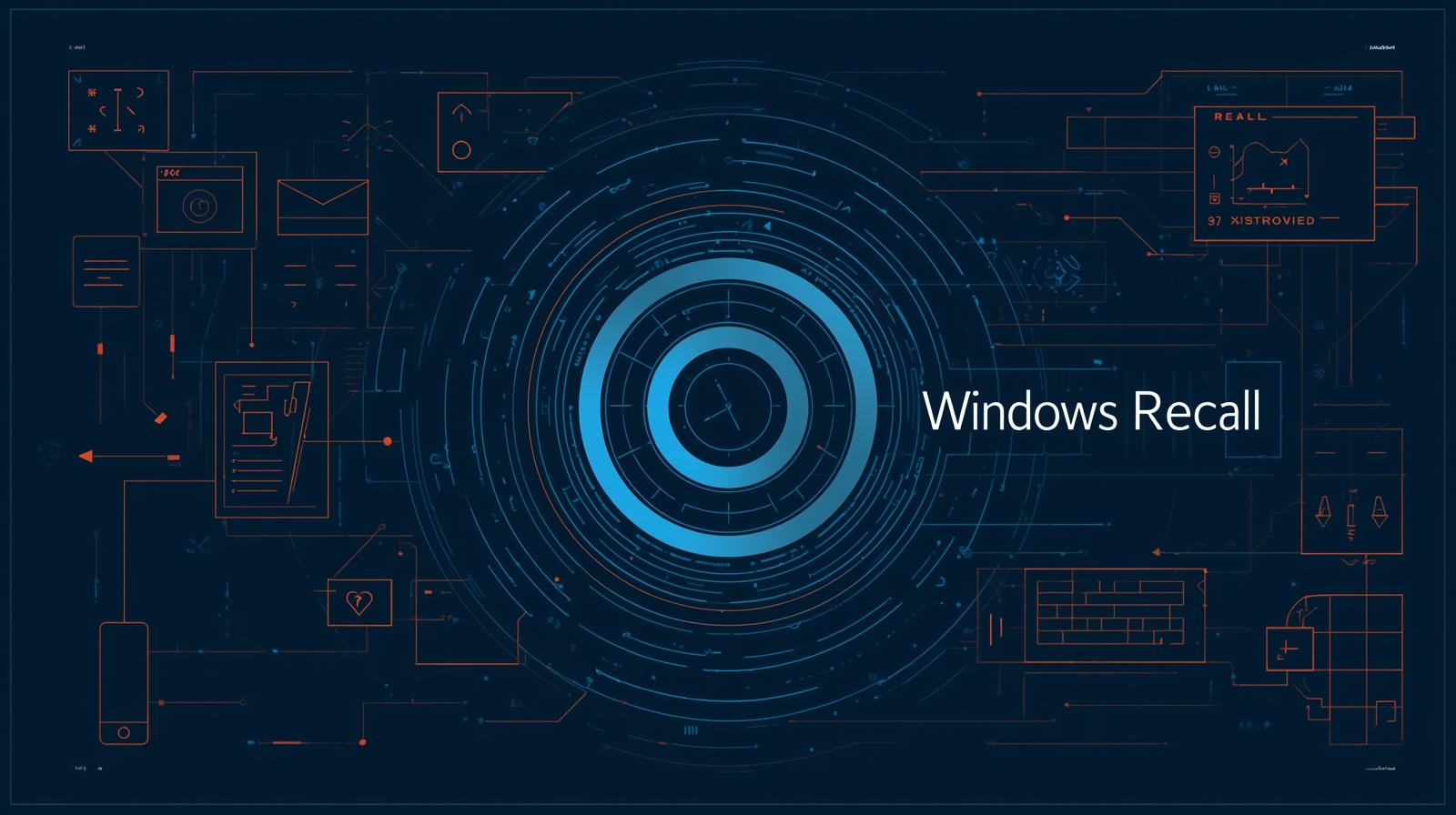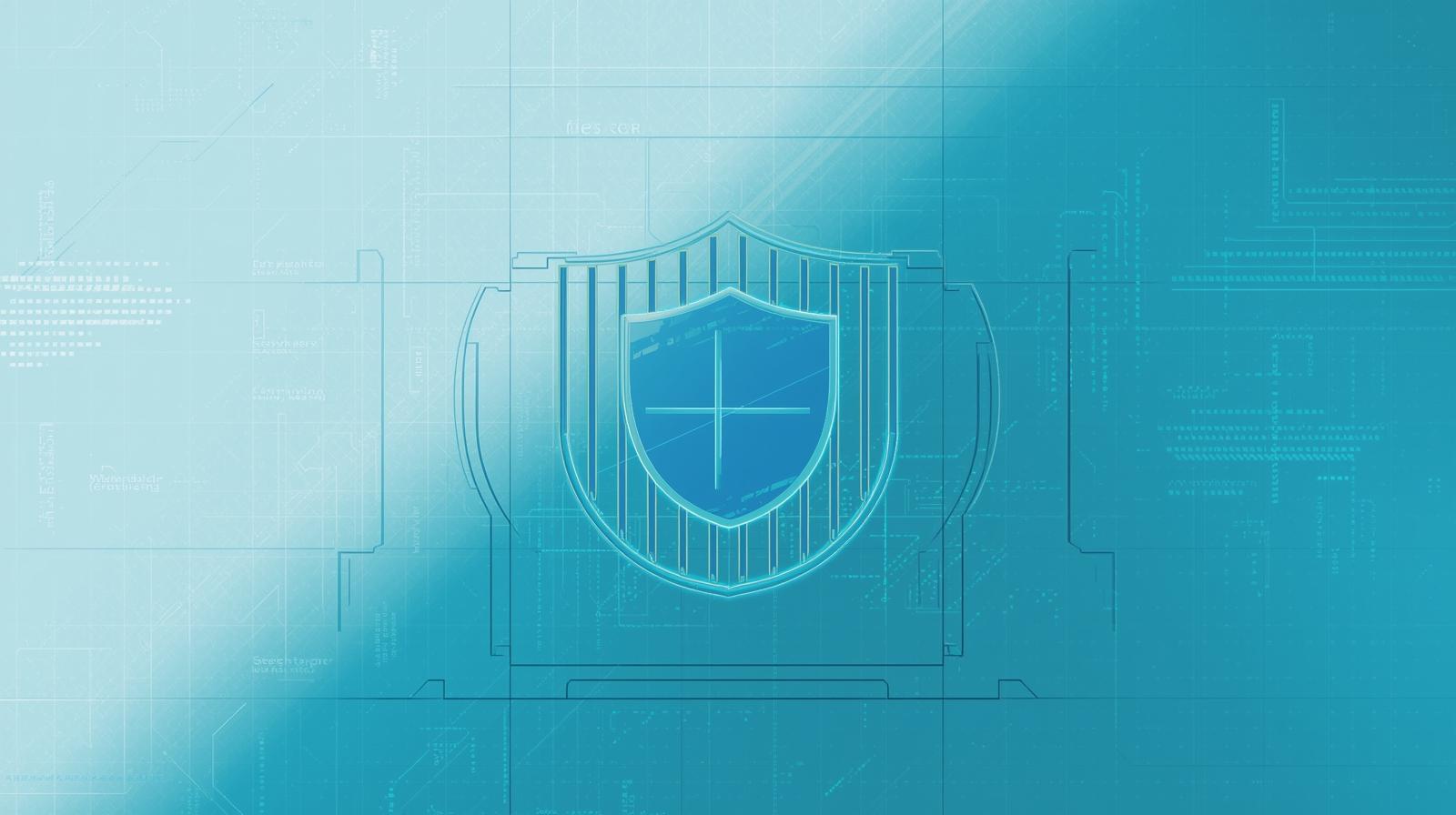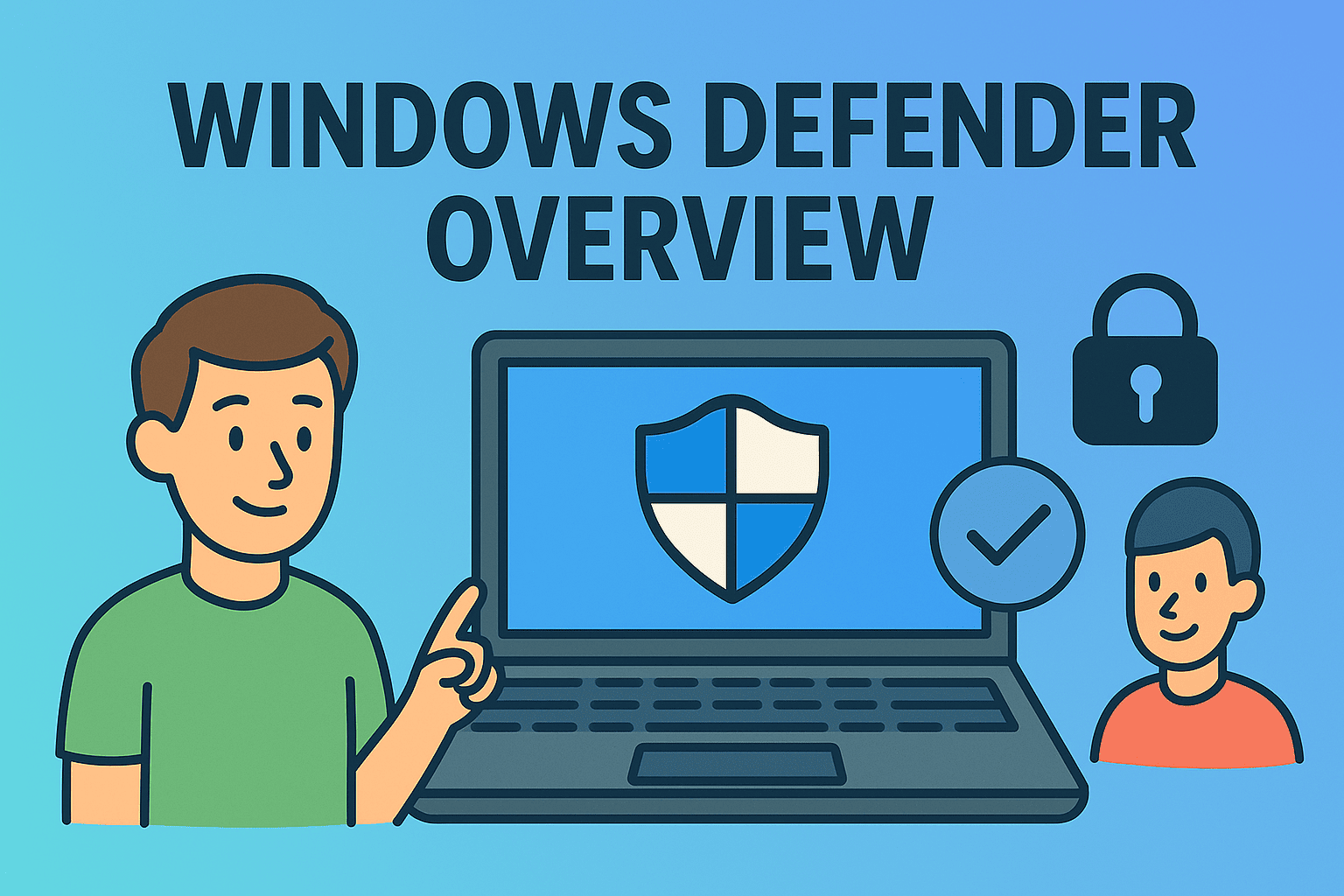Could the Threat Be Sitting Inside Your Office?
Updated on June 4, 2025, by ITarian
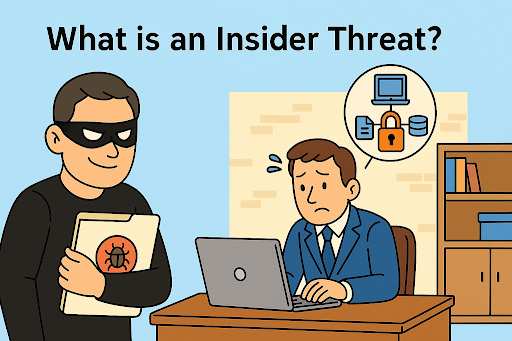
What if your biggest cybersecurity risk isn’t a hacker in a distant country, but someone with a company badge?
Insider threats account for over 34% of all data breaches, costing organizations millions annually. The danger? They’re hard to detect and often overlooked—until it’s too late.
In this guide, we’ll answer “what is an insider threat”, break down its types, and help you build a strong prevention strategy. Whether you’re a CISO, IT manager, or founder, understanding these threats is essential for protecting your digital perimeter—and your reputation.
What Is an Insider Threat?
Insider Threat Definition
An insider threat is a security risk originating from within the organization. It typically involves current or former employees, contractors, or business partners who:
- Have legitimate access to systems and data
- Misuse this access either intentionally or unintentionally
- Cause harm through data leaks, sabotage, or theft
In essence: An insider threat is someone who knows your defenses—and knows how to bypass them.
Types of Insider Threats
Understanding the different types of insider threats is the first step toward neutralizing them:
1. Malicious Insiders
These are individuals who deliberately steal data, sabotage systems, or cause disruption for financial gain, revenge, or ideology.
Examples:
- An employee selling customer data
- A contractor planting malware
2. Negligent Insiders
These are employees who unintentionally cause harm through carelessness, like clicking phishing links or misconfiguring security settings.
Examples:
- Leaving a device unlocked in public
- Sending confidential files to the wrong person
3. Compromised Insiders
An attacker gains access to an employee’s credentials and uses them to infiltrate the system.
Examples:
- Phishing attacks
- Credential stuffing
Why Are Insider Threats So Dangerous?
Insider threats are uniquely dangerous because they:
- Bypass perimeter defenses using legitimate credentials
- Know where critical assets are stored
- Blend in with normal user behavior
- Exploit trust within the organization
Traditional cybersecurity measures like firewalls and antivirus software are not enough. You need user behavior analytics, real-time monitoring, and strict access controls to spot insider anomalies.
Cybersecurity Insider Risks by Industry
Insider threats can impact any organization but are especially damaging in:
🔐 Healthcare
- HIPAA violations
- Patient data theft
- Insider espionage targeting pharmaceutical research
💳 Finance
- Insider trading
- Client information leaks
- Fraudulent transactions
🏭 Manufacturing
- Intellectual property theft
- Sabotage of supply chains or control systems
🖥️ Technology
- Source code exfiltration
- Unauthorized data transfers
- Insider collaboration with competitors
In all sectors, insider threats compromise trust, compliance, and continuity.
Indicators of an Insider Threat
You can’t prevent what you can’t detect. Watch for these red flags:
- Unusual login times (e.g., late nights or weekends)
- Accessing large volumes of sensitive data
- Attempts to bypass security controls
- Frequent use of external storage (USBs, file-sharing platforms)
- Sudden disgruntlement or HR issues
Pro Tip:
Implement User and Entity Behavior Analytics (UEBA) to detect these anomalies in real time.
Preventing Insider Threats: Strategies That Work
1. Implement Least Privilege Access
Limit access to only what’s necessary for each user’s role.
2. Conduct Regular Security Training
Teach employees about phishing, password hygiene, and data handling protocols.
3. Deploy Endpoint Detection and Response (EDR)
Monitor devices for suspicious behavior like file manipulation or data transfers.
4. Use Insider Threat Detection Tools
Platforms like Itarian, Varonis, and Microsoft Defender 365 offer built-in detection engines.
5. Audit & Monitor Access Logs
Track who is accessing what—and when.
6. Create a Strong Exit Protocol
Revoke access immediately when employees or vendors leave the company.
7. Use DLP (Data Loss Prevention) Software
Block or flag unauthorized attempts to send, upload, or copy sensitive data.
Building an Insider Threat Program
For IT managers and executives, building a formal Insider Threat Program is essential. Components should include:
- Governance policies
- Dedicated response teams
- Clear reporting channels
- Forensics and investigation protocols
Pair it with Zero Trust Architecture, which assumes no one inside the network is automatically trusted—every action must be verified.
Real-World Example: The Edward Snowden Case
One of the most infamous insider threats in history, Edward Snowden, an NSA contractor, copied and leaked classified data. Despite strict controls, his insider knowledge and access allowed him to exfiltrate data undetected for months.
The lesson? Insiders pose a higher risk than external hackers when security systems rely too heavily on trust.
The Cost of Ignoring Insider Threats
According to Ponemon Institute:
- Average cost of an insider threat incident: $15.38 million
- Time to contain: 77 days
- Industries most impacted: Healthcare, Finance, Energy
Neglecting to address insider threats can lead to:
- Reputational damage
- Legal penalties
- Customer churn
- Revenue loss
Call to Action
Don’t wait until a breach shakes your confidence or your company’s standing.
👉 Start your free trial of Itarian’s advanced threat detection tools
Monitor user activity, enforce least privilege, and stop insider threats before they escalate.
Frequently Asked Questions (FAQ)
1. What is an insider threat in cybersecurity?
An insider threat is a security risk posed by individuals within the organization who misuse their access—intentionally or unintentionally—to harm systems or steal data.
2. What are examples of insider threats?
Examples include employees leaking data, contractors installing malware, or users falling for phishing attacks and exposing credentials.
3. How can companies prevent insider threats?
By using access control, behavior analytics, employee training, and monitoring tools like DLP and EDR, companies can identify and stop insider threats early.
4. What’s the difference between malicious and negligent insiders?
Malicious insiders act with intent to harm, while negligent insiders cause damage accidentally through poor practices or lack of awareness.
5. Why are insider threats hard to detect?
Insiders often have legitimate access and understand the systems, making their malicious actions appear routine or authorized.

